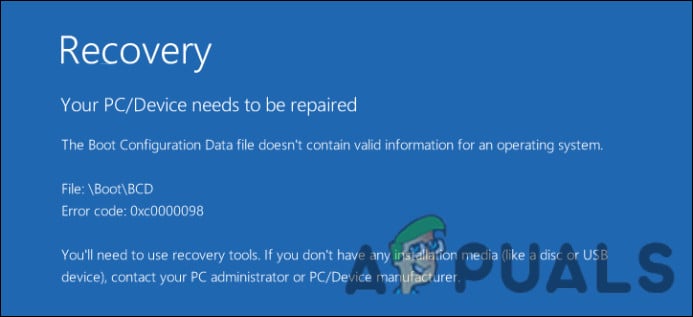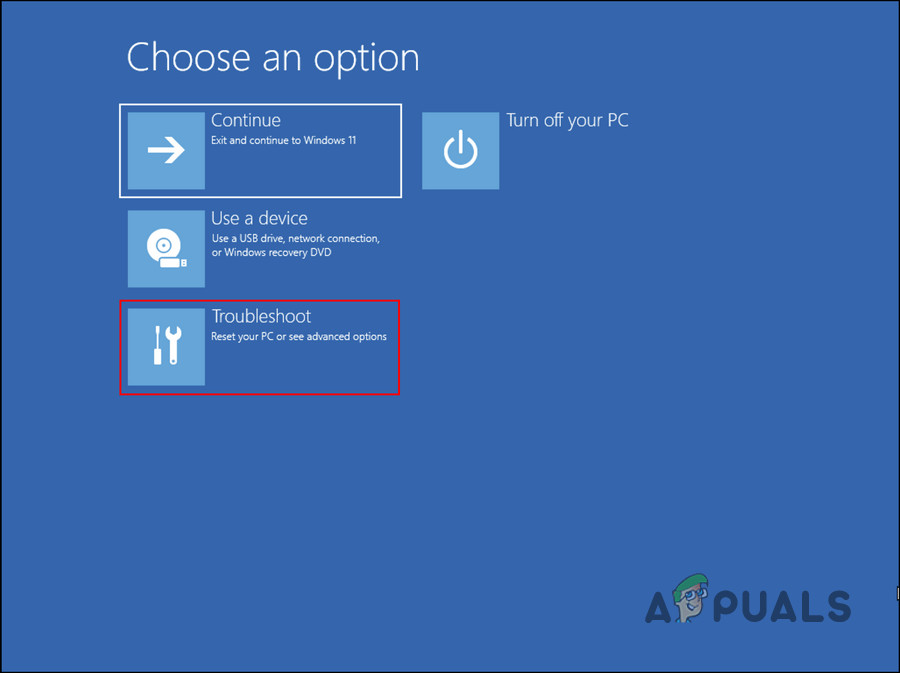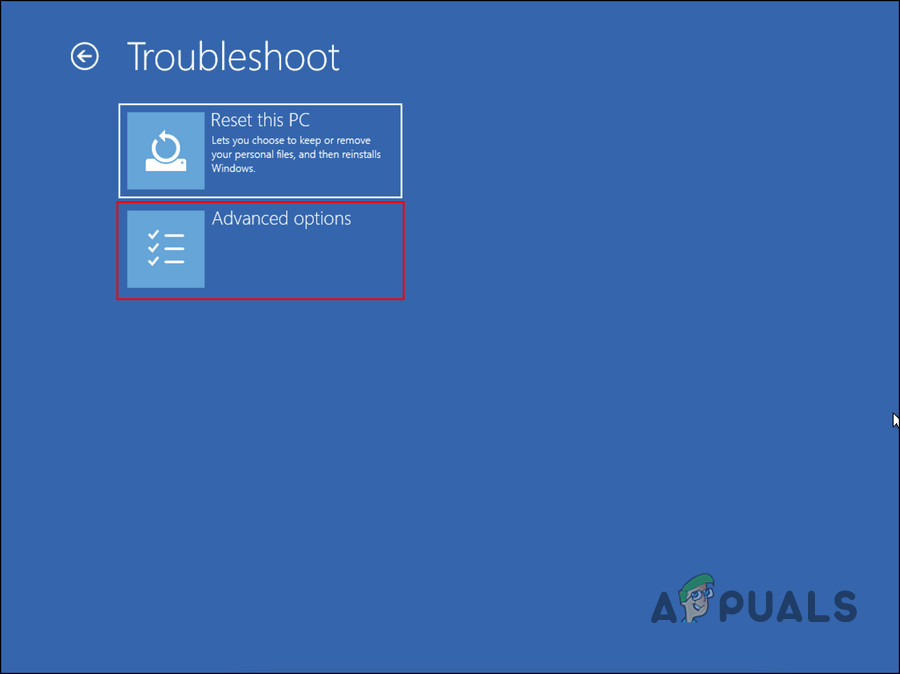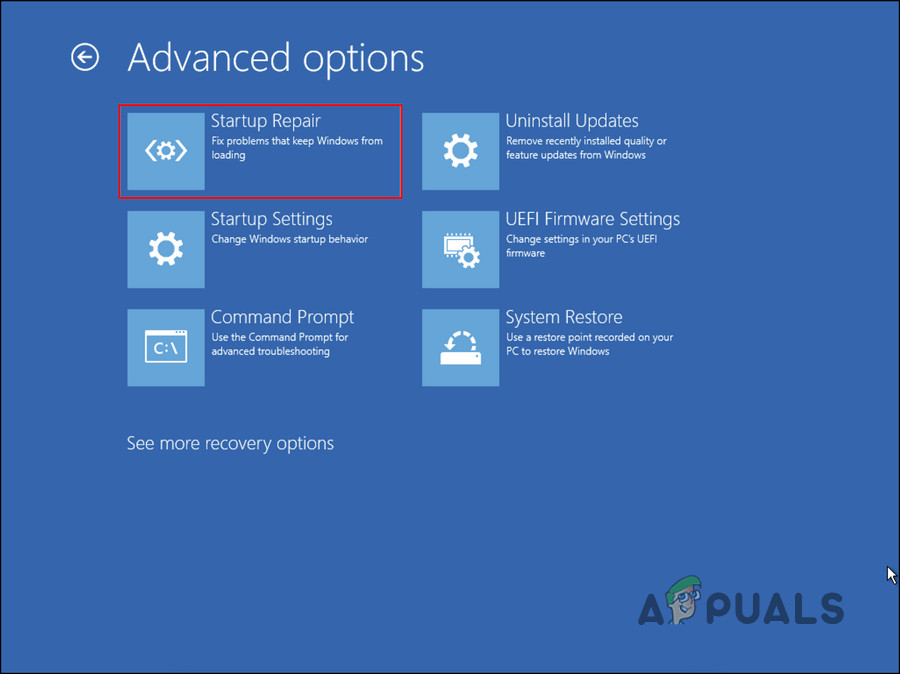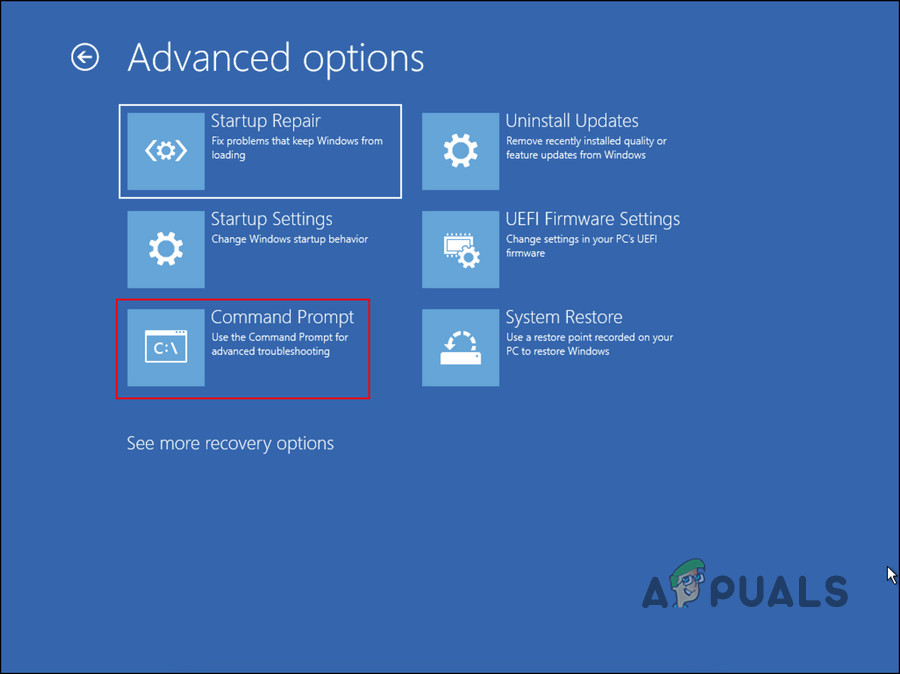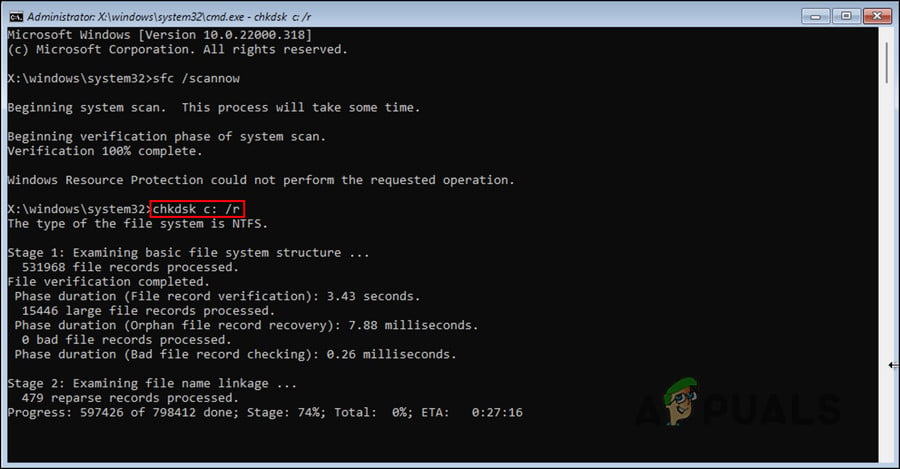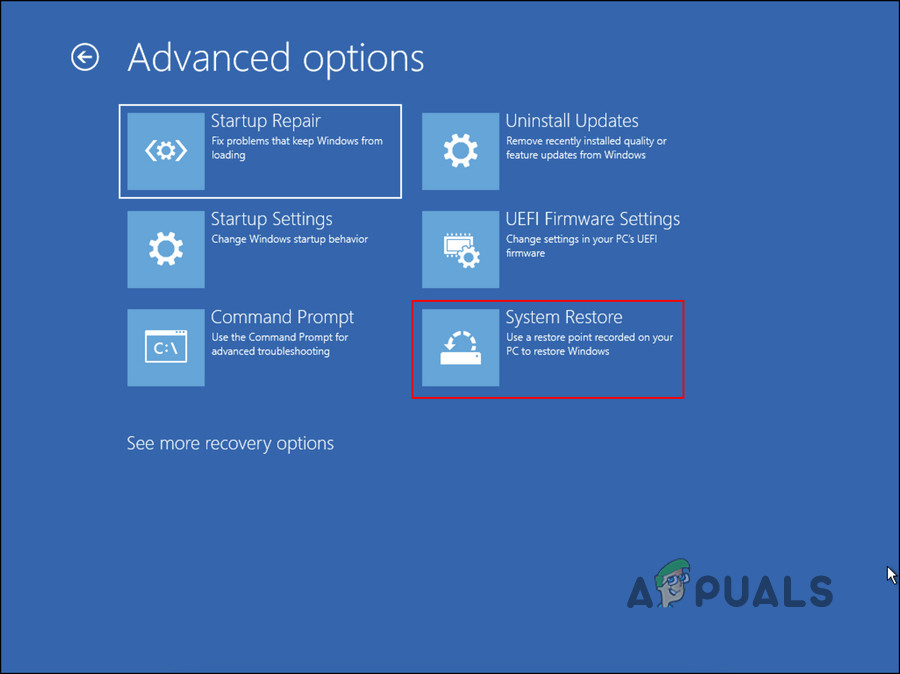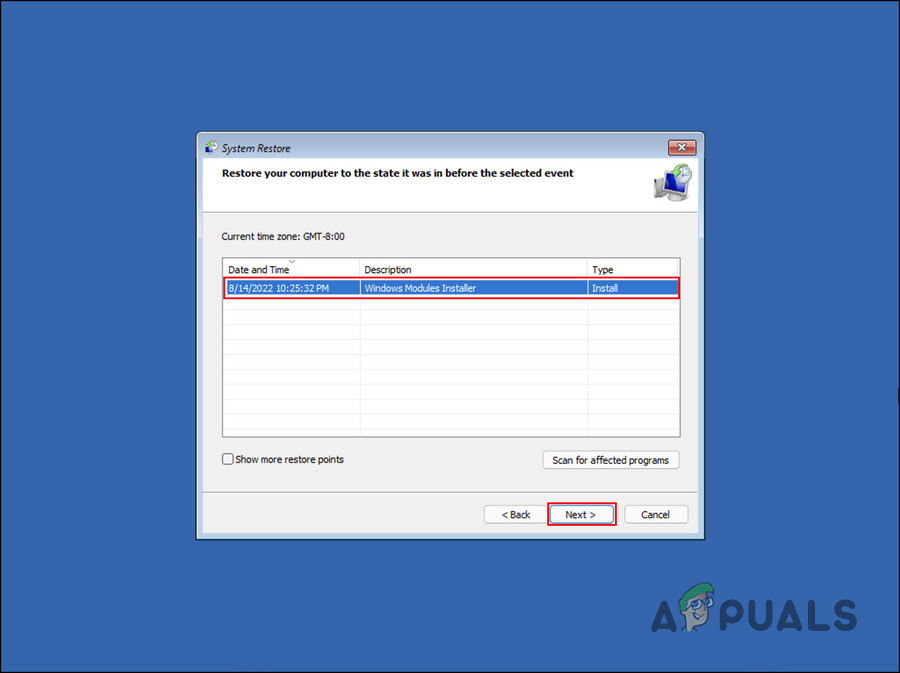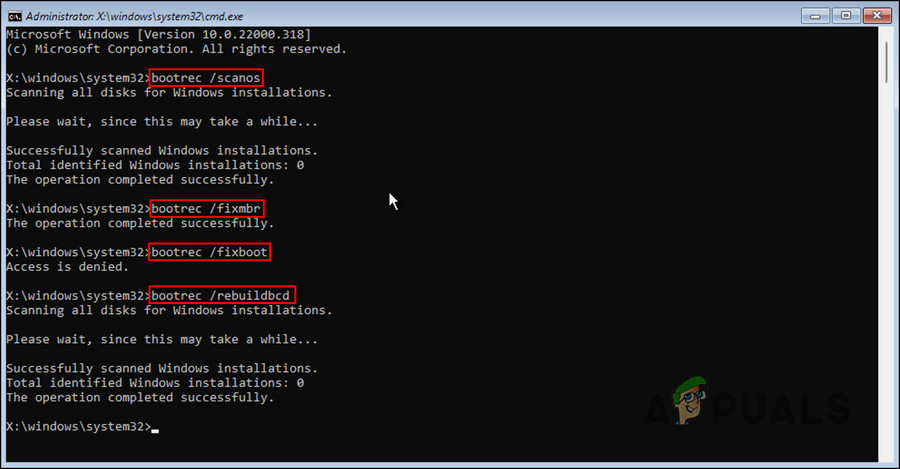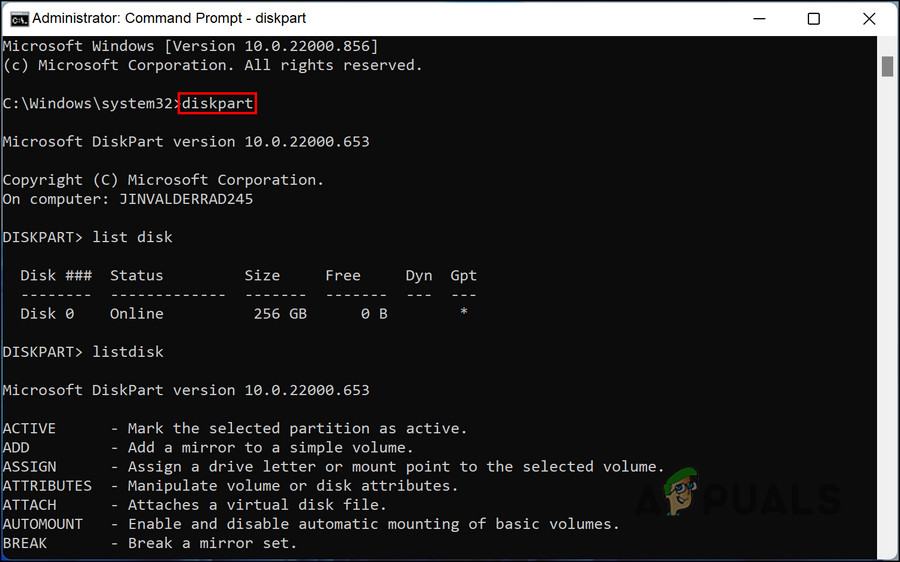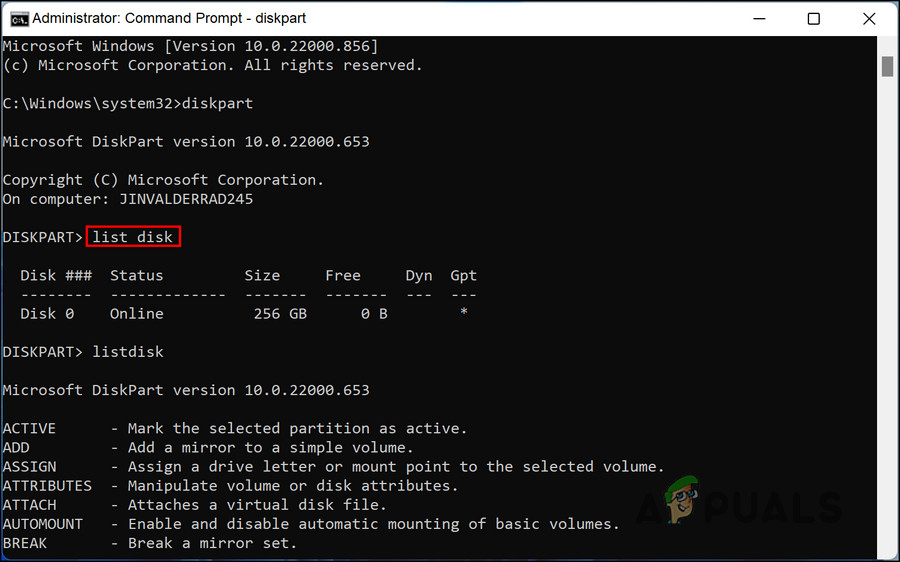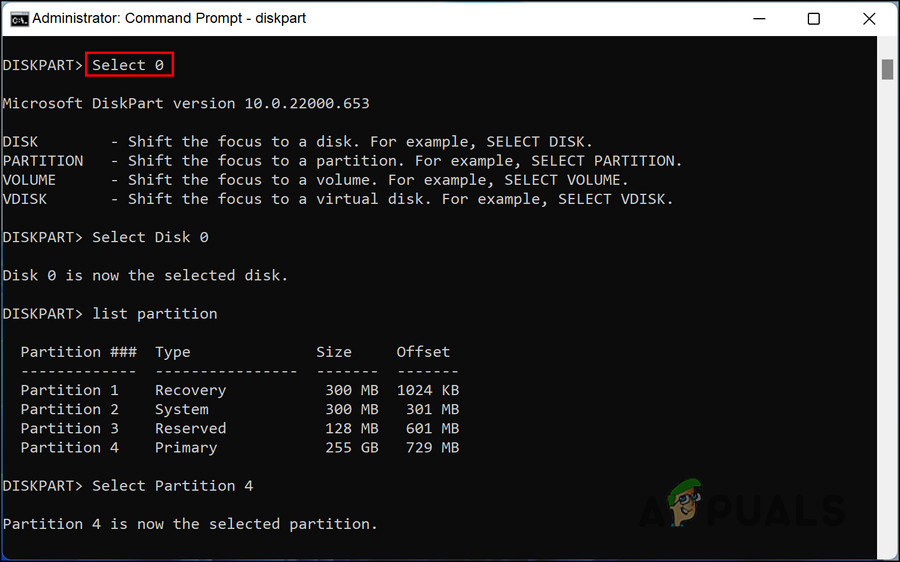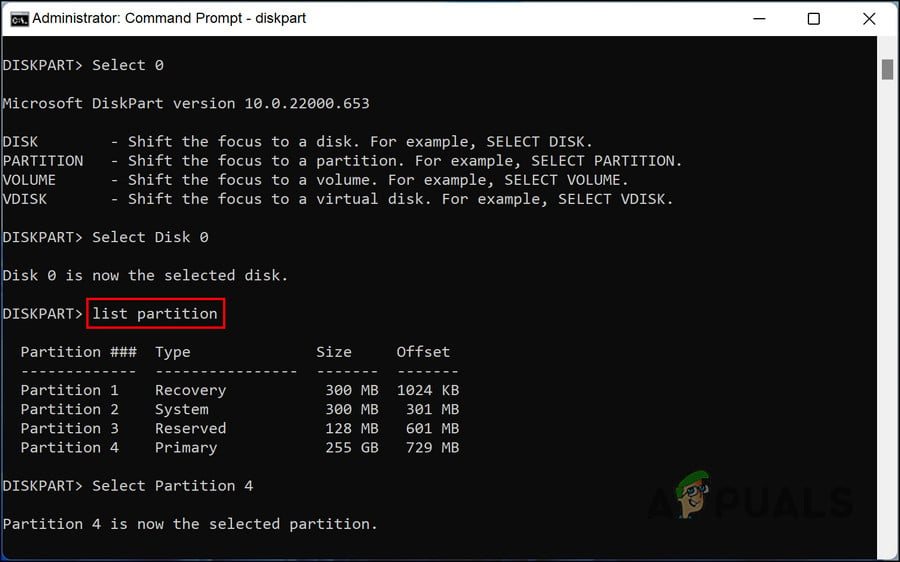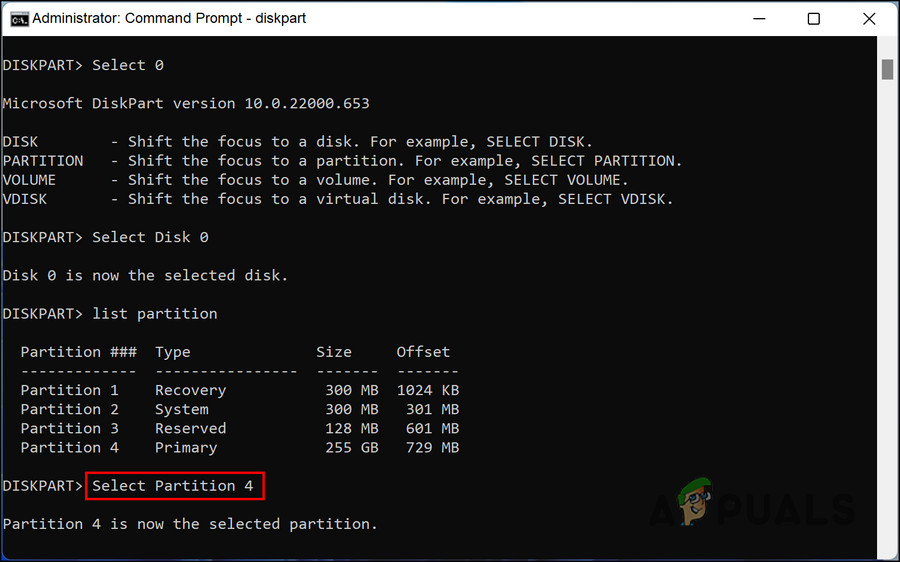0xc000000f – Boot configuration data cannot be read.0xc000000d – Boot data file is missing information.0xc000014C – The Boot configuration data contains errors within it.0xc0000605 – There is an expired operating system component.0xc0000225 – Unable to select/access a boot device for booting.0x0000098, 0xc0000034 – Invalid Boot Configuration Data file or information missing.
Boot files can become corrupt due to the following reasons:
Updates were not completed successfully – if the pending updates were interrupted while their installation process, you are likely to face issues while booting the computer.Viruses and generic corruption errors – your PC might also be infected with a virus, malicious software, or a corruption error that is preventing it from booting normally.Compromised system files – if the integrity of a system file is compromised, you are also likely to run into the error at hand. Incorrect partition is set active – if the partition set does not contain the Boot\BCD file, your PC will fail to launch normally.
Regardless of the error code, you are encountering, the troubleshooting methods below will help you fix the problem in no time. We suggest that you start by going through the methods to understand what might be causing the issue in your case. Then, proceed with the troubleshooting method that fits your situation the best.
1. Create an Installation Media
To troubleshoot, you’ll need installation media. An installation media will allow you to boot into the advanced options menu of Windows for performing the necessary troubleshooting steps. The error screen itself states that ‘You’ll need to use the recovery tools on your installation media’. After you create the installation media on a USB drive, plug it into a computer and boot into the Windows 10 recovery environment to get started.
2. Run Startup Repair
The first thing we recommend you do in case of errors like the ‘Device needs to be repaired BSOD’ is to run the Startup Repair tool. Using this tool, you can troubleshoot and diagnose the most common boot errors in Windows. In most cases, this tool will launch automatically when your system fails to boot twice in a row. If it does not, here is how you can manually run it to fix the issue at hand: Once the procedure finishes, restart your PC. You should now be able to launch Windows without any problems.
3. Run SFC and CHKDSK Scans
The next thing you can do to fix the ‘Device needs to be repaired BSOD’ is run the System File Checker and CHKDSK utility via Command Prompt. The SFC tool will scan the protected system files for inconsistencies. If it finds any inconsistencies, it will replace the faulty files with their healthy counterparts. The CHKDSK utility, on the other hand, will scan your hard drive for any potential errors and resolve the problems identified there. In this method, we will be using the Command Prompt via the Advanced options screen as well. Here is all that you need to do: After the process is completed, check if the issue is resolved.
4. Use the System Restore Utility
When performing critical operations, the Windows operating system takes a snapshot of the current state of the system and saves it as a restore point for future use. Whenever you need to restore your system to a previous state, you can use this snapshot to do so. You can also try reverting the system to a state where the ‘Device needs to be repaired BSOD’ was not present. Here is how you can do that:
5. Rebuild the BCD
As we mentioned above, there can be an issue with the boot configuration data as well. For instance, your device might not be able to read this data or the boot file might have missing information. Moreover, the boot configuration data can also be corrupt, leading to the issue at hand. You can test to see if rebuilding this data using the Command Prompt is helpful if this scenario applies. Here is how you can proceed: Once the command executes, you can check if it has fixed the error. If the ‘Device needs to be repaired BSOD’ persists, then you can also try creating Boot Configuration Data from scratch if rebuilding does not work. For that, simply enter the bcdboot c:\windows command in the Command Prompt and wait for it to execute. Then, restart your PC and check if the issue is resolved.
6. Change the Partition
If the partition you are currently using does not contain the Boot\BCD file, your PC will encounter the problem at hand. The solution to this is simple, as all that you need to do is switch to the right partition. Follow the steps below to proceed: Once done, close the Command Prompt window and check if the issue appears again.
7. Reset Your PC
In case the troubleshooting methods listed above have not worked for you and you are still facing the ‘Device needs to be repaired BSOD’, then you can try resetting your PC as a last resort. In this method, you have the option to keep your files or remove everything. The latter will revert the system to its default state – which it was when you first started using it. If you do not have any critical files on your computer, then we suggest you allow the system to remove the existing files. This will help ensure that the error is entirely removed.
Fix Windows Update Error 0XC19001E2 in Windows 10 (Fix)FIX: Windows Defender Error The service couldn’t be started Error code:…How to Fix ‘System 53 Error has Occured’ Error on Windows?[FIX] ‘An Error Occured while Trying To Copy a File’ Filmora Installation Error…
